The Rafaello Powerbore - a top quality semi auto from Benelli - comes under the scrutiny of Mike Yardley in this test and review
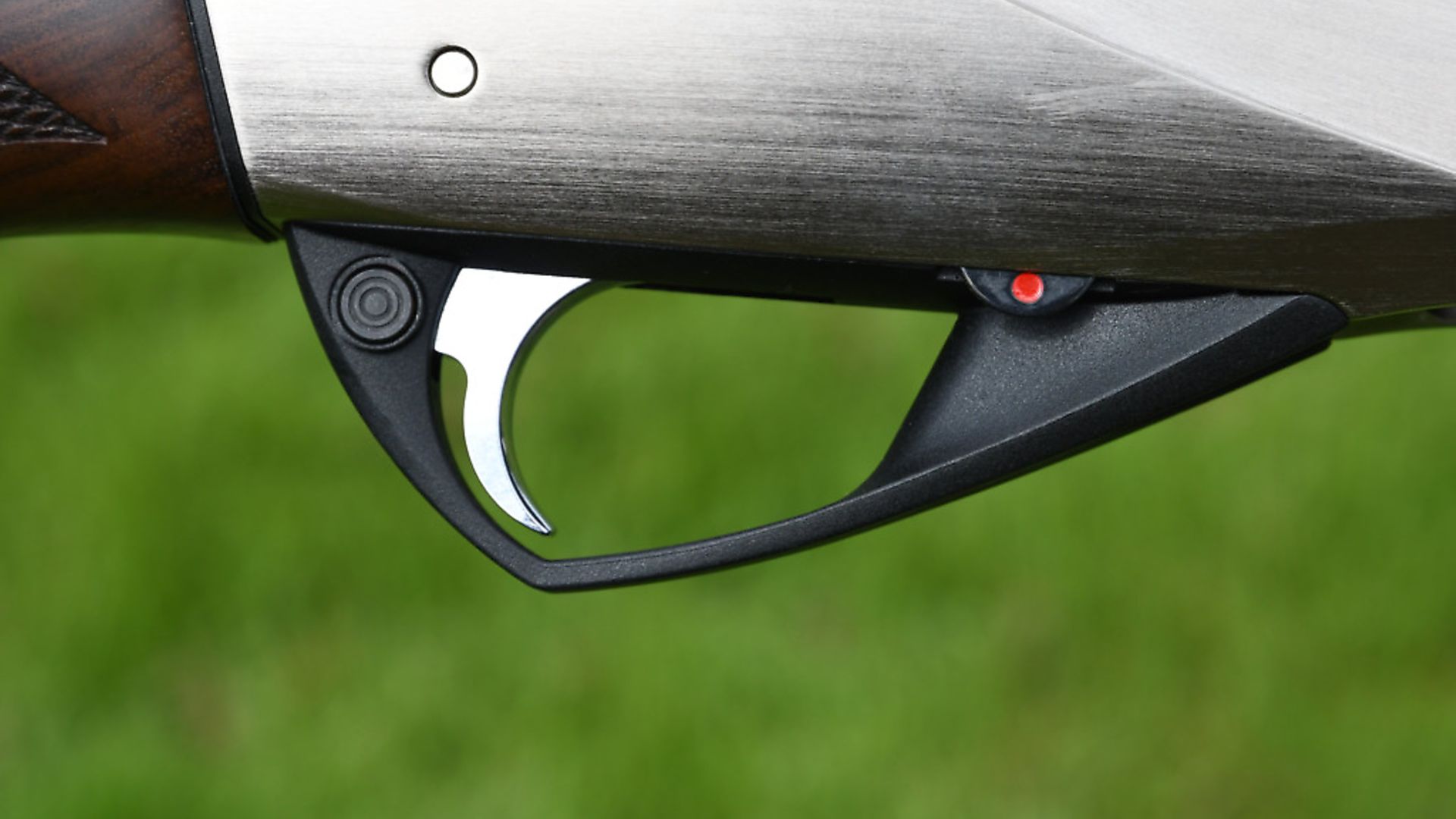 credit: Archant
credit: Archant
WE LIKE: The inertia mechanism; The bore modifications; The quality
WE DON’T LIKE: The recoil is noticeable and the trigger is a bit heavy
Make: Benelli
Model: Raffaello Powerbore
Bore: 12
Chamber: 3”(70mm)
Barrel: 30” (28” option)
Chokes: Crio multi
Rib: 8mm carbon fibre
Weight: 6.4lbs approx
RRP.: £2,175
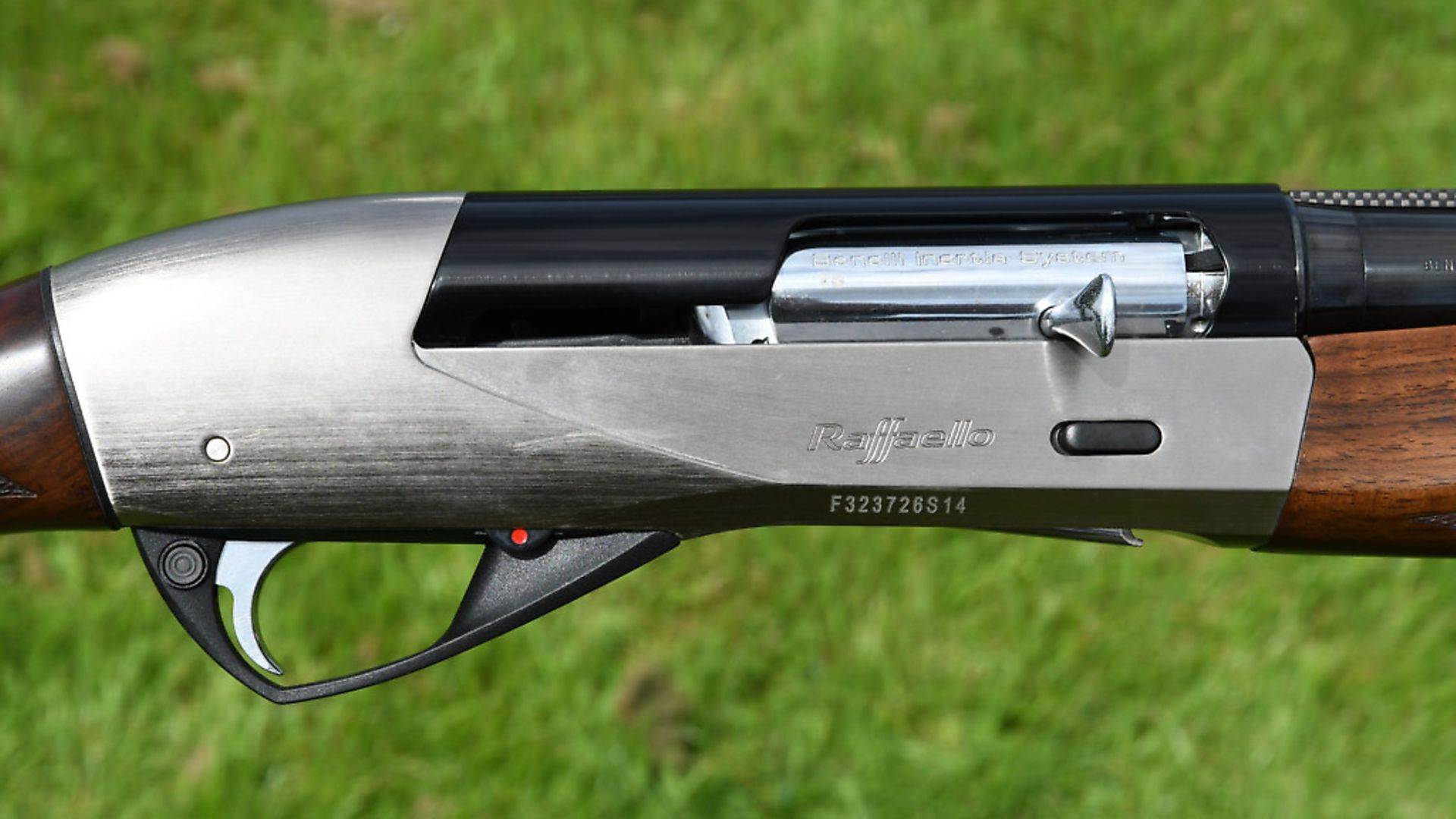 credit: Archant
credit: Archant
IN DEPTH
This month’s test gun is a Benelli Raffaello Power Bore semi-auto, one of an extensive range of Benellis brought in by GMK. It is a modernist gun with some interesting features, as one expects from this relatively young, dynamic firm.
The Power Bore is built around the Benelli inertia system, rather than the gas-operated plan seen in most modern sporting shotguns. It has won many advocates because it is both reliable and easier to clean than a typical gas gun. There are significantly fewer working parts than in a gas gun.
Inertia guns don’t typically like light loads, though, and their perceived recoil may be a little greater. Many seem to think the quality and performance of the Benelli outweigh these considerations. I have certainly used Benellis many times for hunting purposes – and I’m a fan.
Generally, I would say they show their maximum advantage as field guns, and, in my opinion, the mechanism, as we have seen it thus far, is less well suited to target shooting. A Benelli would probably be the first gun I would pick up to shoot live quarry abroad, though, and they would be ideal on the marsh or in a hide as they are tough, well-engineered pieces of kit.
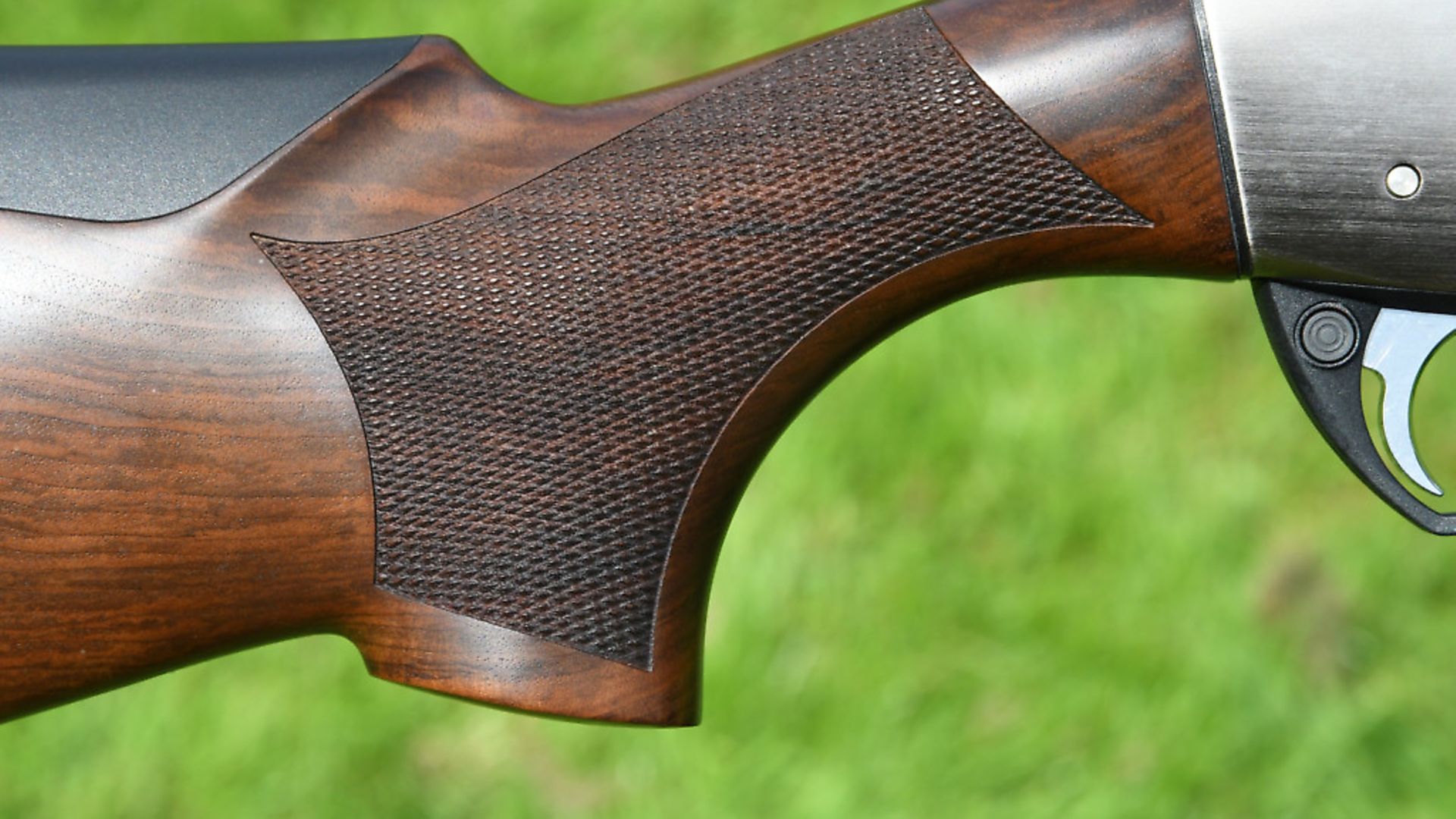 credit: Archant
credit: Archant
The test Power Bore, meanwhile, is a sleek design with a two-tone receiver, the main body of which is alloy. Quality of finish is A1. The stock shapes and wood generally impress too – the timber was of surprisingly good quality – with a couple of quibbles. The gun has a pleasing, streamlined look without looking too modern. Out of the box, the stock is a bit short (just over 14¼”) and a bit low in the comb. It is easy to address this though as the stock is supplied with shims that can be used to reduce drop and add or reduce cast. The grip is nice but quite tightly radiused and has a slight palm swell to either side. The stock may also be raised with an aftermarket higher comb. I also especially liked the good shape of the well-rounded butt-sole.
Recoil reduction, moreover, is specifically addressed in the test gun by adopting what Benelli call the ‘Progressive Comfort System’ – a recoil reducer incorporated into the high-tech recoil pad and largely hidden in the stock. Essentially, it is a recoil-absorbing mechanism built behind the recoil pad itself. Polymer vanes absorb recoil in the manner of some telescoping hydraulic recoil reduction mechanisms. It is all very neat and does not disturb the lines of the gun or add much weight to it (the test gun weighed just over 6lb – very light for a 12-bore semi). The recoil system takes greater effect as the load increases.
 credit: Archant
credit: Archant
Another interesting aspect of this new model is the tight bore which is combined with a deep-drilled, cryogenically stress-relieved barrel and chokes. The back-to-the-future barrel bore is between 18.3 and 18.4mm – narrow by modern standards (but typical of old bores). I won’t give the game away too much yet, suffice to say that I think this aspect of the gun is more than advertising hype. Benelli notes that it “guarantees superior performance, higher shot velocities, greater accuracy and improved penetration”. Not sure about improved accuracy but, I’d probably go along with the rest.
The barrel also has a relatively narrow carbon-fibre sighting rib. It is fitted with a centre bead and a translucent rod type front sight (which is quite bright). The carbon rib helps to keep weight down forward – though my preference would always be for steel as I just find it’s tougher and longer lasting than anything else.
Nevertheless, the rib here is very nicely done and would come into its own on longer-barrelled guns (Beretta employs them on some of its range now as well). The bead might also be useful in fading light when wildfowling.
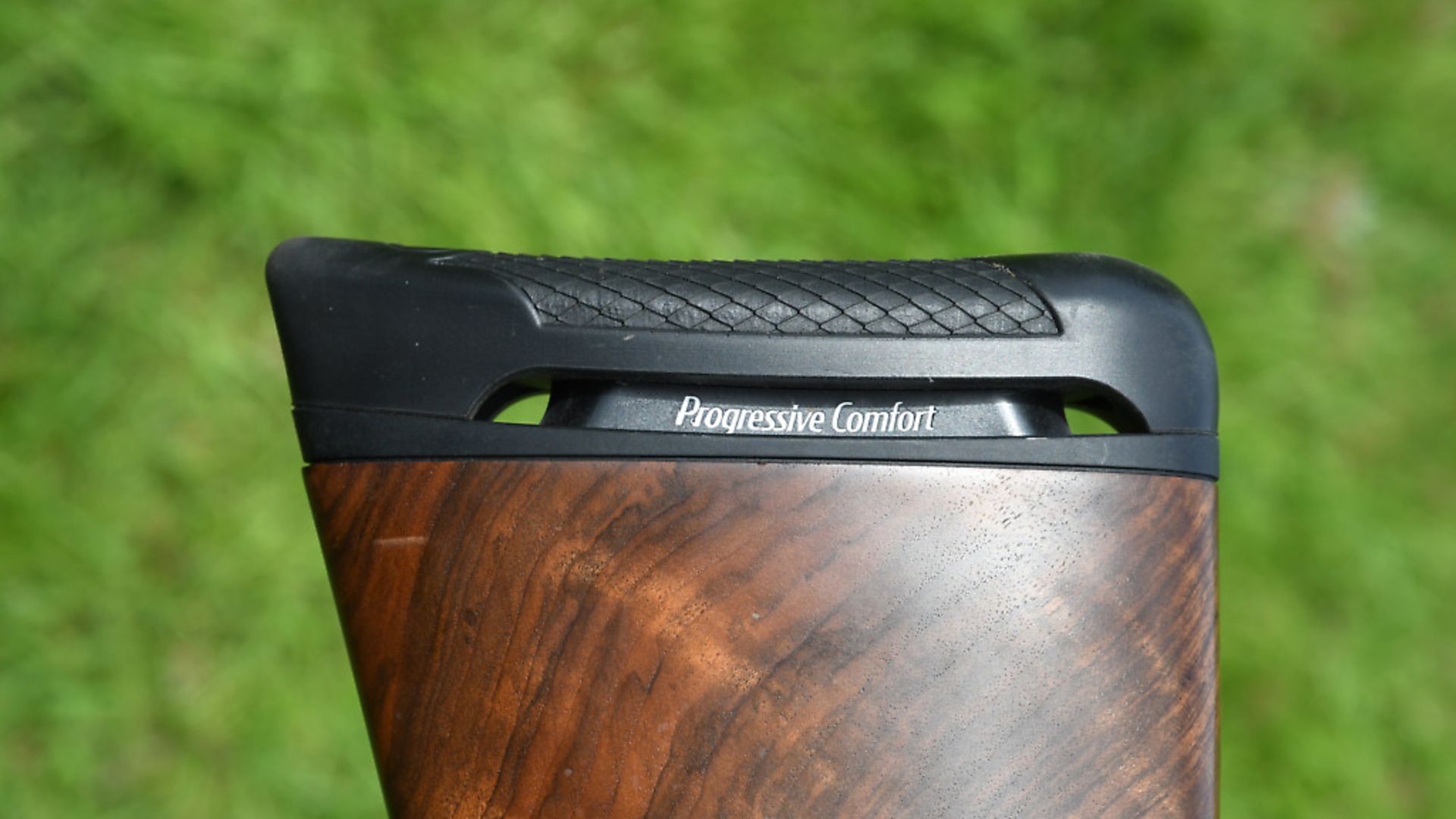 credit: Archant
credit: Archant
TECHNICAL
The Raffaello Power Bore, an inertia-action gun as noted, utilises the usual Benelli rotating bolt-head attached to the main body of the bolt by means of a short, stiff spring. This engages into the barrel in the manner of a rifle bolt and is locked at the moment the gun is fired.
The main mass of the bolt behind it, however, accelerates very rapidly forward towards it compressing the connecting spring. When it is fully tensioned, it whizzes back, unlocking the bolt-head.
Interestingly, Beretta adopted rotating bolts into their magnum gas guns having acquired Benelli. Earlier Benelli inertia-action guns – the SL80 and 121 – did not employ a rotating bolt.
I like both the Benelli inertia systems (and the Beretta gas guns for that matter). You may still see the original Benelli system employed in their recently discontinued Essential model and the older Beretta ES100 (not to mention the excellent all-steel-action Breda Ermes 2000).
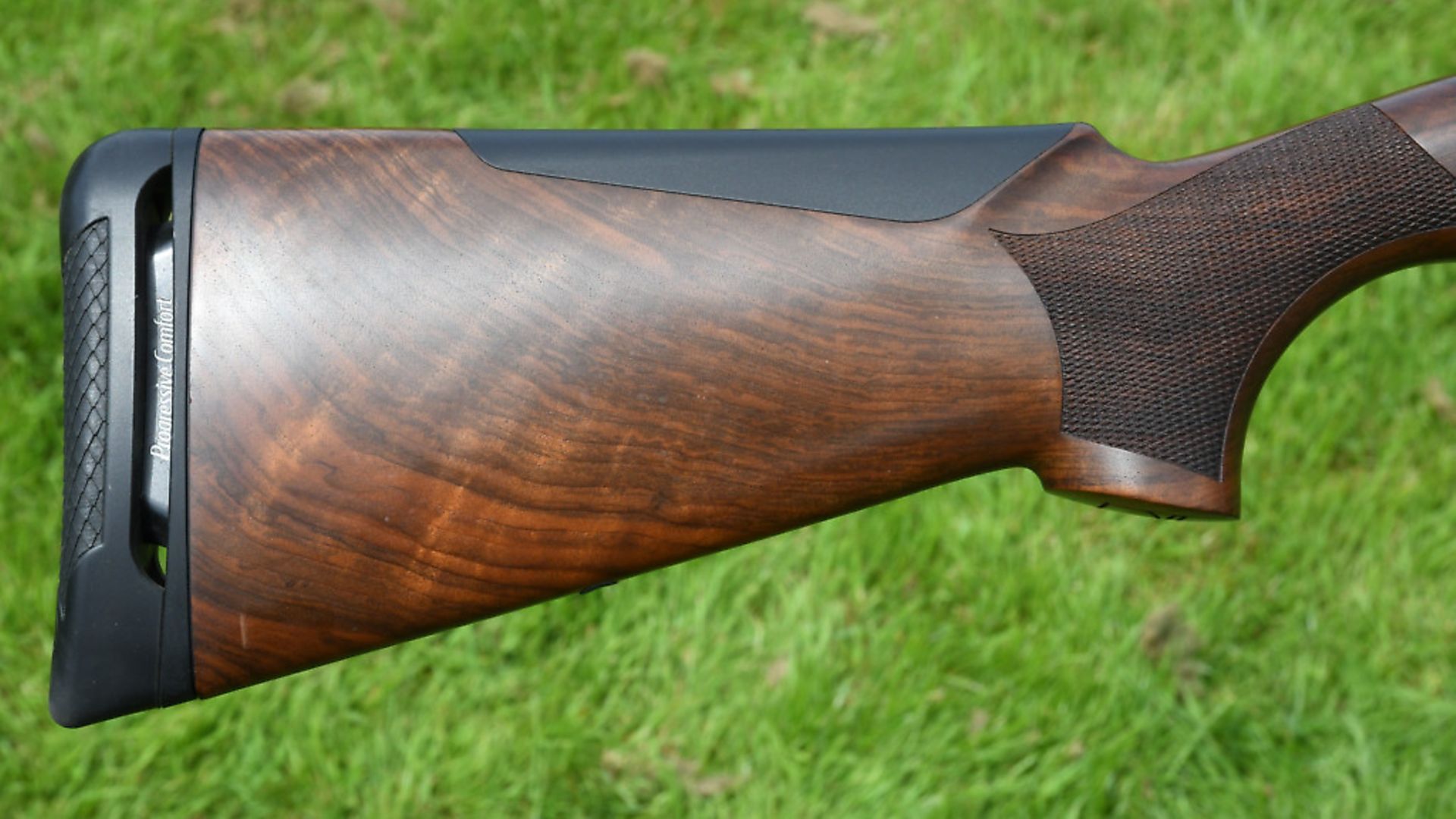 credit: Archant
credit: Archant
SHOOTING IMPRESSIONS
I always enjoy comparative testing of semi-automatics as I use them so much. The test gun was quite light, under 6 ½ pounds with its 30” barrel. It felt lively, perhaps a litte too lively. It shot well, though. I had no malfunctions with 28 gramme loads (the recommended minimum). The trigger pull was quite heavy, I would say about 5 pounds, and recoil was noticeable. Inertia guns tend to kick more than gas operated ones as discussed, all the more when they are light. The quality of the Powerbore’s kills was also noticeable - with a half choke tube in the patterns looked as if they were full choke. Almost every target inside 30 yards was smoked. Intriguingly, Benelli have gone the other way to Beretta and Browning, they prefer tight bores now as used to be the norm on Continental guns. My own experience is that open bores may be more pleasant to shoot but tight one’s maximise penetration (as you may test for yourself using old telephone directories). Overall, this is an outstanding, well engineered, semi-auto. It is getting a bit pricey at £2,175 but the Powerbore modifications seem more than just marketing hype - you really could see a difference in the way this gun shot. I’d also consider the basic no bells and whistles M1 around £1,000 if you’re looking for an inertia actioned work horse (it stands out as a particular bargain at the moment). Meantime, the Raffaelo ticks the boxes and looks smart.
My thanks to Lyalvale Express for supplying the cartridges used in this test.
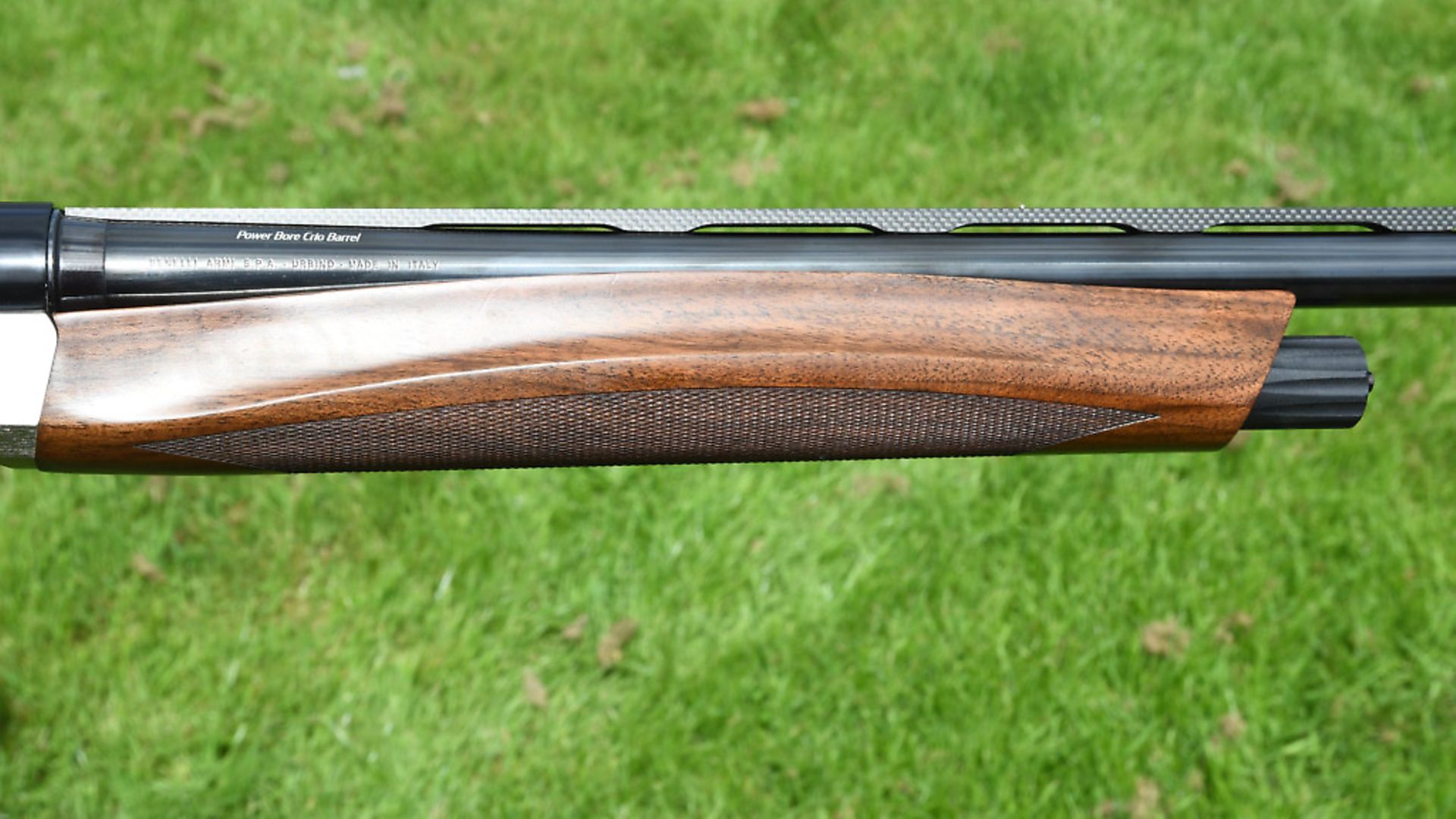 credit: Archant
credit: Archant
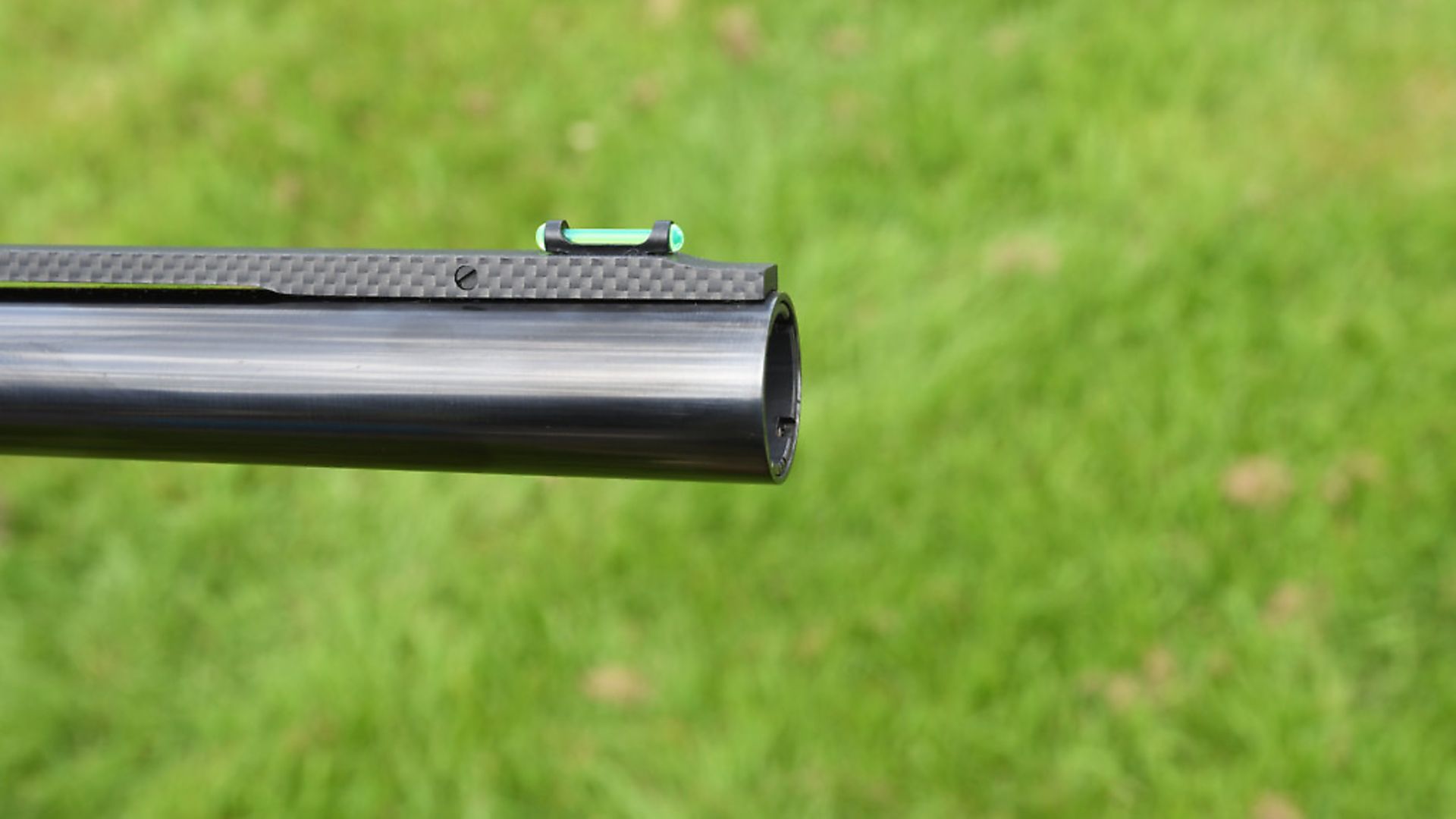 credit: Archant
credit: Archant
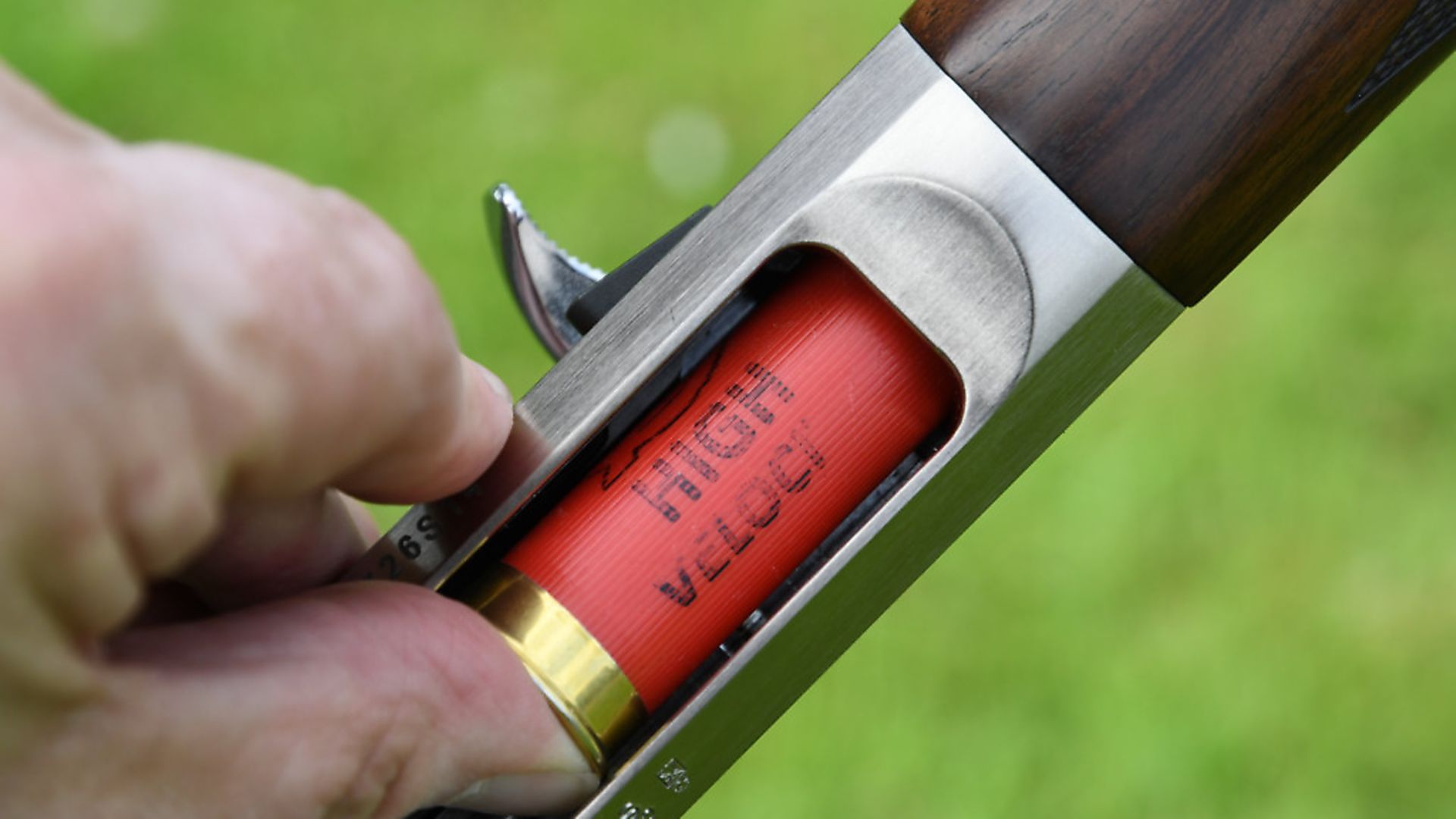 credit: Archant
credit: Archant
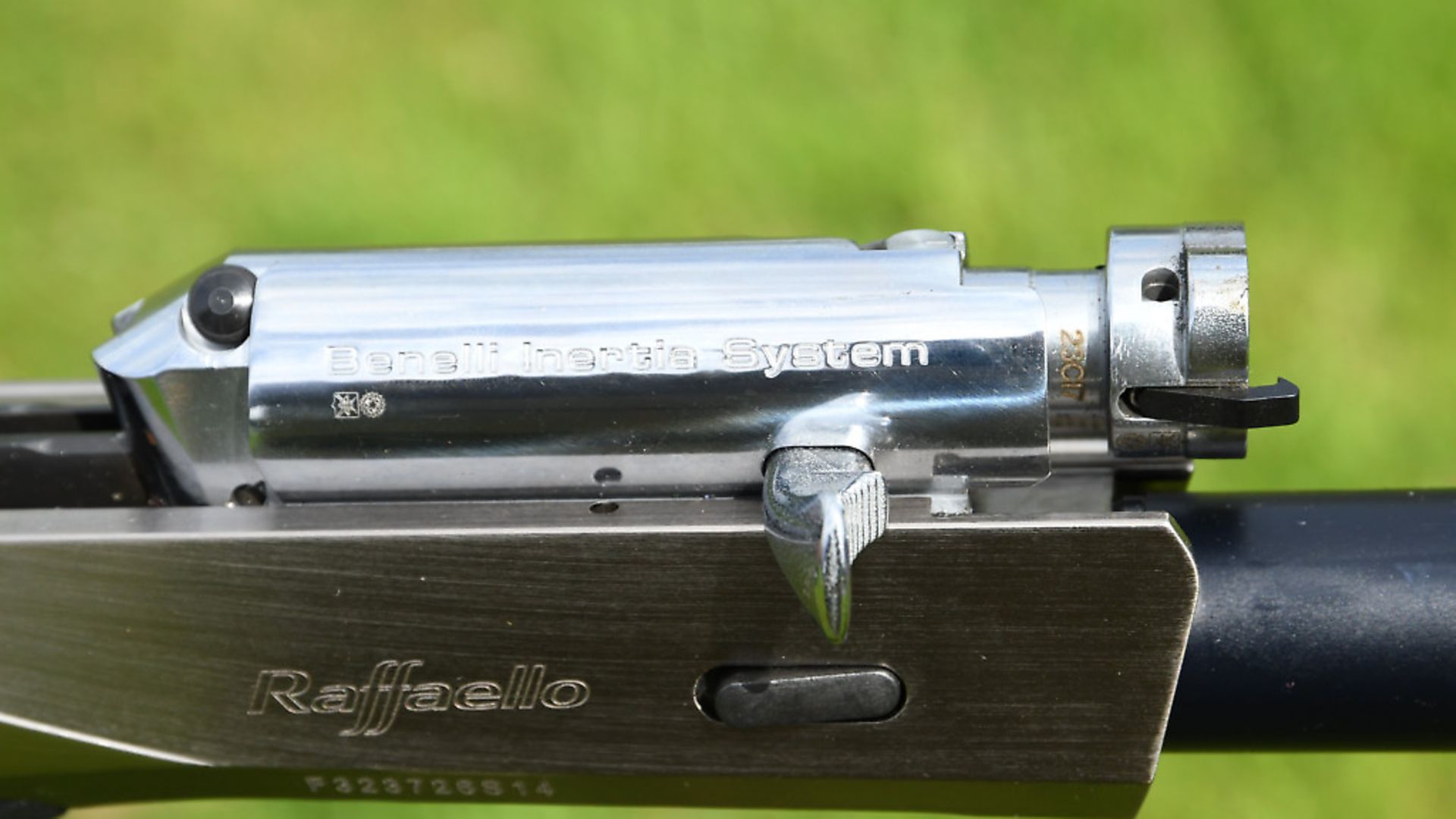 credit: Archant
credit: Archant
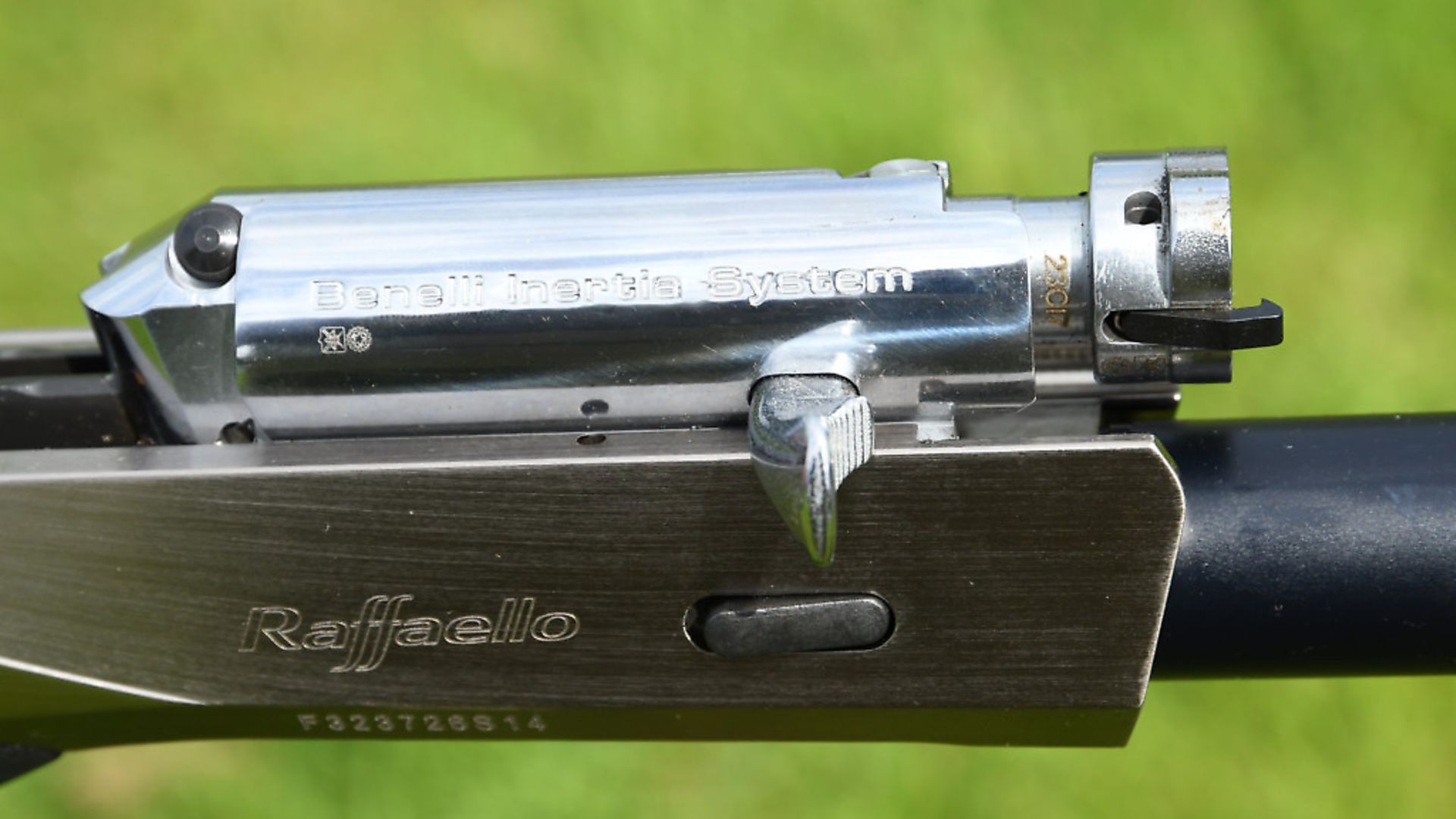 credit: Archant
credit: Archant
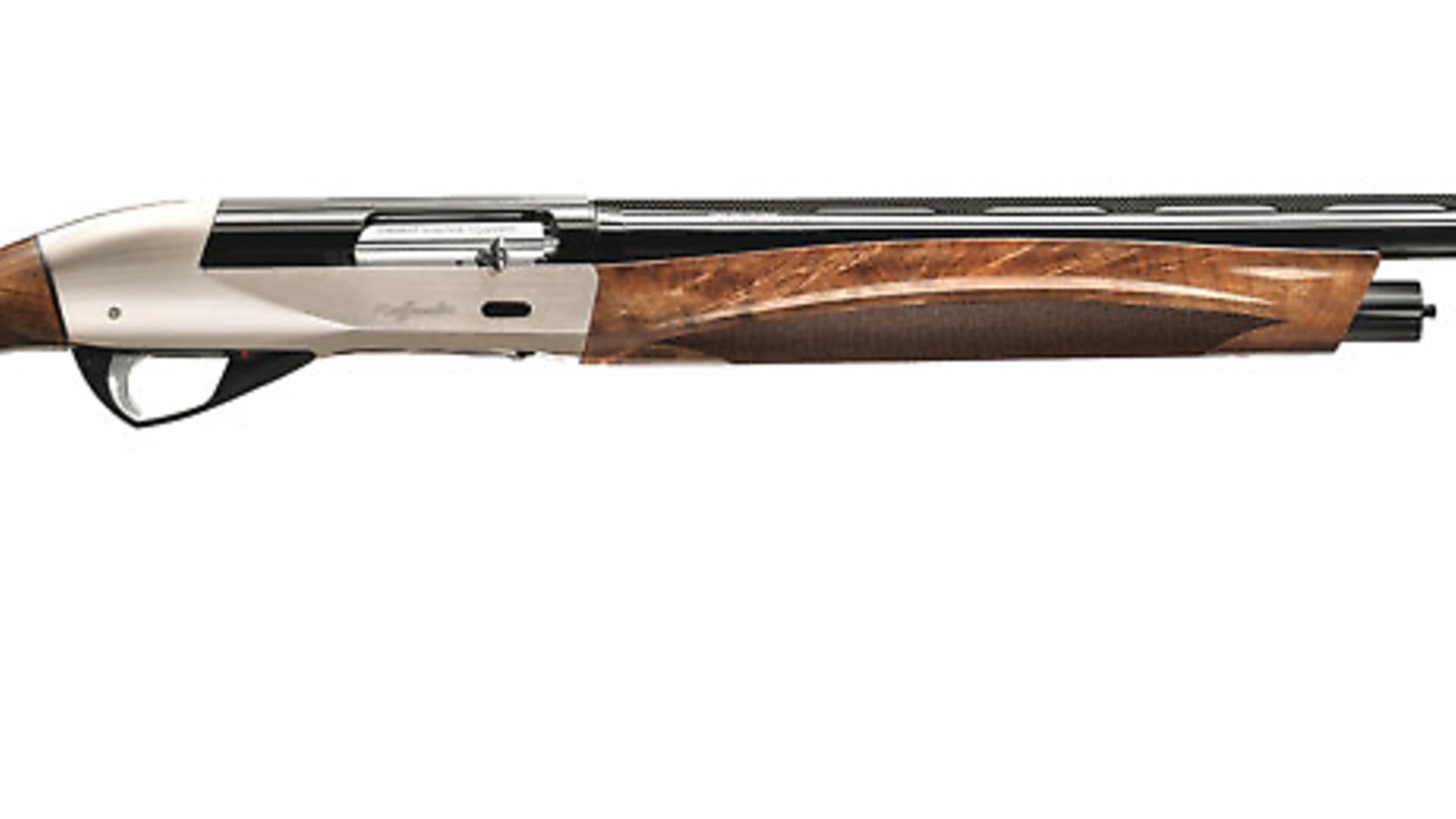 credit: Archant
credit: Archant